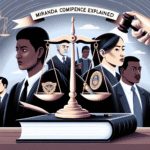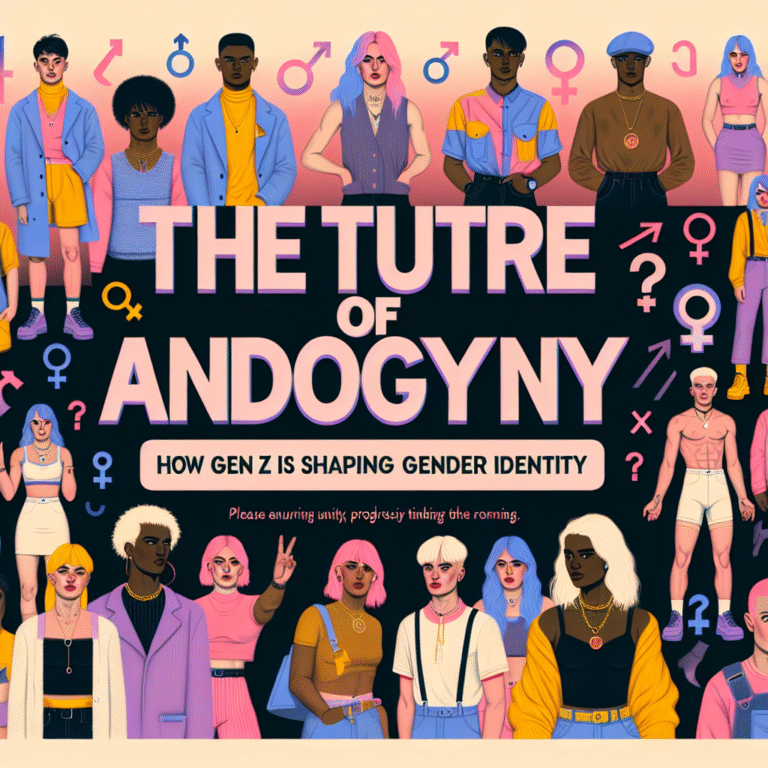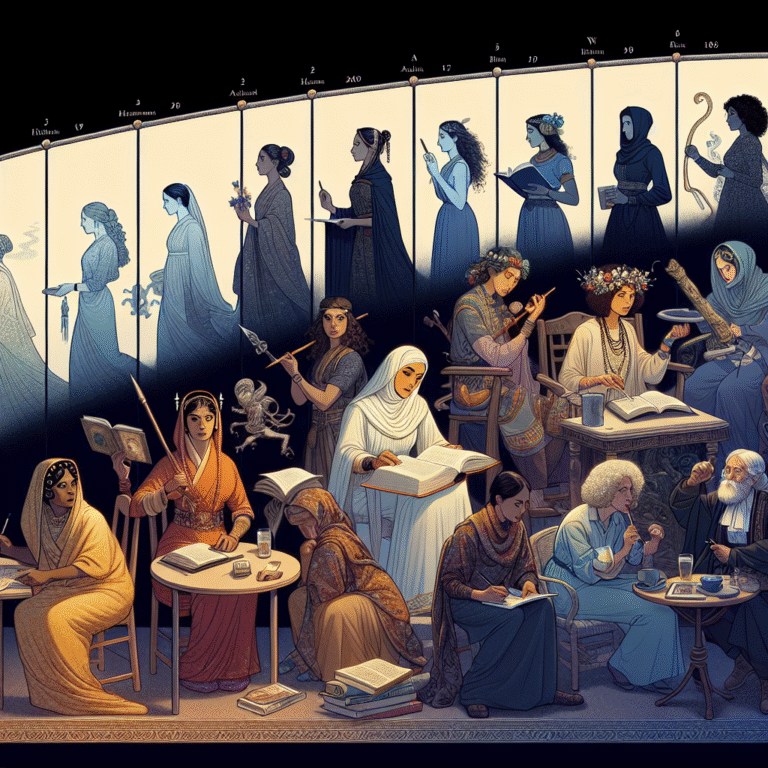
Introduction
Gender dysphoria is a topic often shrouded in confusion and stigma. For many, the journey through this complex emotional landscape can feel isolating, dominated by uncertainty about self-identity and societal acceptance. However, countless individuals have emerged from this fog, transforming their confusion into clarity. This article seeks to illuminate their journeys, demonstrating how personal narratives of overcoming gender dysphoria can lead not only to self-acceptance but also to empowerment.
In these narratives, we will uncover the common threads that unite experiences—stories filled with resilience, courage, and hope. By sharing these personal paths, we hope to inspire others in their own journeys, highlighting that clarity and acceptance are indeed attainable. Welcome to a journey that resonates deeply: From Confusion to Clarity: Personal Narratives of Overcoming Gender Dysphoria.
Understanding Gender Dysphoria
Before diving into personal stories, it’s crucial to establish a foundation. Gender dysphoria refers to the psychological distress that arises from a discrepancy between one’s gender identity and assigned sex at birth. This condition can manifest in various ways, including anxiety, depression, and a profound sense of disconnection from one’s body.
The Spectrum of Experience
It’s important to recognize that experiences of gender dysphoria exist on a spectrum. Some individuals may feel a mild discomfort with their assigned gender, while others experience intense distress. Understanding this spectrum lays the groundwork for appreciating the profound personal narratives to follow.
Case Study 1: Alex’s Journey
Alex, a 24-year-old trans man, began feeling the impact of gender dysphoria in childhood. He described a persistent discomfort when referred to with feminine pronouns and presented in a way that didn’t feel true to himself. Alex’s journey, filled with milestones of self-discovery, illustrates the nuances of navigating this experience.
Analysis
Alex’s story underscores the significance of early recognition and support systems. This emphasizes that awareness and acceptance can facilitate a smoother transition from confusion to clarity.
The Turning Point
For many, a single moment or realization can pivot the trajectory of their lives. This turning point often catalyzes the transformation from confusion to clarity.
Case Study 2: Jordan’s Wake-Up Call
Jordan, a 30-year-old non-binary individual, shares that a pivotal moment came during a college seminar on gender identity. As they listened to various narratives, Jordan felt a profound connection—a sense of being seen for the first time. This ultimately led to a broader exploration of their identity, engaging in community and finding support.
Analysis
Jordan’s experience illuminates how education and exposure to diverse narratives can spark self-identification. The exchange of stories promotes understanding and acceptance, bridging gaps that once seemed insurmountable.
The Role of Support Systems
As narratives often reveal, support systems play a critical role in facilitating personal clarity. Whether it’s friends, family, or online communities, external encouragement fosters internal acceptance.
Case Study 3: Mia’s Support Network
Mia, a 22-year-old woman who transitioned from male to female, credits her supportive family and friends as monumental in her journey. Their unwavering acceptance bolstered her confidence, propelling her from confusion to clarity in her identity.
Analysis
Mia’s narrative underscores the importance of surrounding oneself with acceptance. Supportive relationships can make all the difference in navigating the complex emotions tied to gender dysphoria.
Real-life Struggles and Triumphs
The road toward clarity is often rocky. Many encounter barriers that can seem insurmountable.
Case Study 4: Sam’s Challenges at Work
Sam, a 28-year-old trans woman, faced discrimination at her workplace during her transition. Despite these hurdles, she filed a complaint that not only brought her a sense of empowerment but also led to policy changes in her company to better support transgender employees.
Analysis
Sam’s story exemplifies the often-overlooked confrontation of societal challenges. It showcases that even amidst adversity, individuals can pave paths toward greater understanding and equity.
Intersectionality in Gender Dysphoria
Understanding gender dysphoria also requires an appreciation of intersecting identities, including race, sexuality, and socioeconomic status.
Case Study 5: Kai’s Multidimensional Identity
Kai, a queer Black non-binary person, shares the unique challenges faced due to the intersectionality of race and gender identity. Their narrative reflects both the struggles of societal discrimination and the strength gained from a rich cultural identity.
Analysis
Kai’s experiences highlight the rich layers of gender dysphoria, emphasizing that individual narratives are not standalone but rather part of a broader tapestry of social justice.
Resources and Tools for Clarity
For those currently navigating their own journeys, several resources can serve as beacons in times of confusion.
Mental Health Support
Therapists specializing in gender identity can provide a safe space for individuals to explore their emotions and identities.
Community Organizations
Groups such as PFLAG and The Trevor Project work to provide resources and community for those facing gender dysphoria.
Educational Workshops
Workshops on gender identity can equip allies and individuals with strategies to foster inclusivity.
Practical Steps for Self-Acceptance
Transitioning from confusion to clarity is an ongoing journey that invites continuous reflection and growth. Here are some steps to consider:
- Engage in Self-Reflection: Regularly take time to think about your feelings and identity.
- Seek Support: Surround yourself with supportive individuals who affirm your identity.
- Educate Yourself: Learn about gender identity and dysphoria through credible sources.
- Document Your Journey: Keeping a journal can help clarify thoughts and feelings.
- Embrace Your Identity: Allow yourself to explore and express your gender identity in ways that feel meaningful.
Conclusion
The transformation from confusion to clarity is not just a personal journey; it’s a collective narrative shared by many. Each story, like Alex’s, Jordan’s, Mia’s, Sam’s, and Kai’s, contributes a vital thread to the intricate tapestry of gender identity.
It’s essential to remember that clarity may not come in a single moment but as a gradual unfolding of self-understanding. Whether you’re on this journey yourself or supporting someone who is, know that there’s a community ready to uplift and support you.
Armed with personal narratives of overcoming gender dysphoria, readers are encouraged to take one step forward—into a journey illuminated by authenticity and self-love.
FAQs
1. What is gender dysphoria?
Gender dysphoria is a psychological condition that involves the distress experienced by individuals whose gender identity does not align with their assigned sex at birth.
2. Is it common to feel dysphoria?
Yes, many individuals experience various levels of dysphoria. Each person’s experience is unique, and feelings can fluctuate over time.
3. What resources are available for someone experiencing gender dysphoria?
Resources include mental health professionals specializing in gender identity, community organizations such as PFLAG, and educational workshops focused on gender identity.
4. How can family and friends support someone with gender dysphoria?
Support can include using correct pronouns, listening without judgment, and educating themselves about gender identity issues.
5. How can I find a therapist who understands gender dysphoria?
Look for therapists who specialize in LGBTQ+ issues and have experience with gender identity. Many organizations provide directories of qualified professionals.
The transition from confusion to clarity can be daunting, but as illustrated through these narratives, it is indeed possible. Each story is a testament to resilience and hope, reminding us that while the journey is unique for everyone, the destination is universally rewarding.
















